Meltdown: What a Nuclear Power Disaster Could Mean to the Electrical Grid
Meltdown: What a Nuclear Power Disaster Could Mean to the Electrical Grid
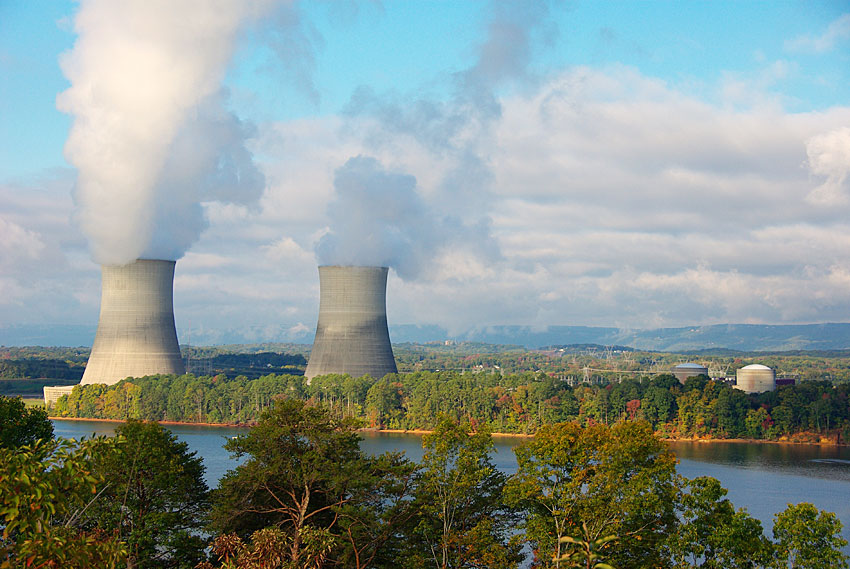
Close your eyes and picture the future 50 years from now. Perhaps you’re imagining hover cars, teleportation or even bionic technology? No matter what your vision is for the cities of the future, they’ll most likely be run on nuclear power.
For years, nuclear power has been expanding and we’re constantly being reassured of its safety and security. However, many people are unaware of the threats nuclear power stations could be facing from both mankind and Mother Nature. Today, we’ll be discussing a June 2015 report from the American Leadership & Policy Foundation entitled, Electromagnetic Pulse and Space Weather and the Strategic Threat to America’s Nuclear Power Stations.
Before we get too far into the specific report details of the threats these stations may be facing, let’s first examine some of the history behind nuclear power stations.
The World of Tomorrow
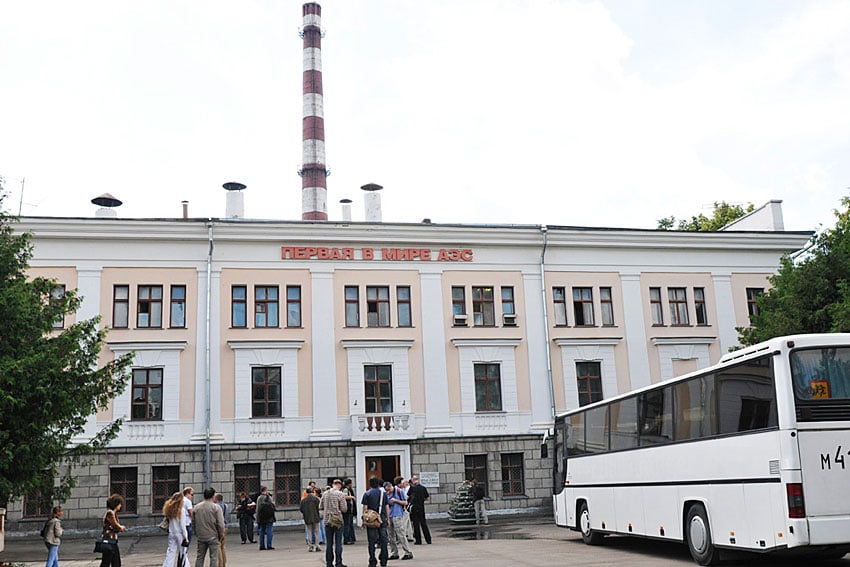
While the first nuclear power station began operating in 1954, research and experiments on nuclear power date back to the early 1930’s with Ernest Rutherford’s discovery of the power created by splitting lithium atoms. The early 1950’s saw a race between nations to bring nuclear power to life as the United States, USSR, United Kingdom and Canada all rushed to harness the power of the atom.
In the United States, the 1954 Amendments to the Atomic Energy Act allowed declassification of reactor technology to encourage development in the private sector. In the end, the first operating reactor was in Obinsk, Russia and provided 5 megawatts of electricity to a power grid. The next thirty years would see massive developments in nuclear power, with stations producing under 1 gigawatt, all the way up to 300.
Disasters Strike
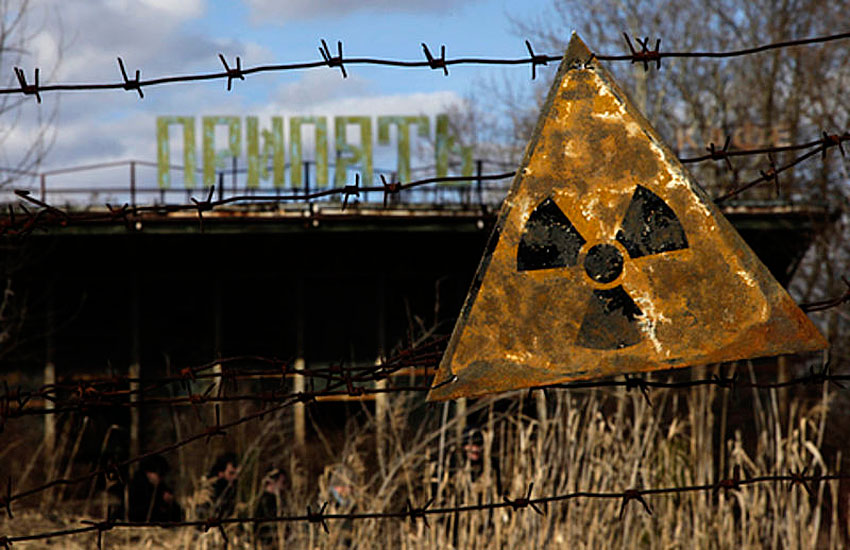
On March 28, 1979 a nuclear power station in Dauphin County, Pennsylvania experienced a partial meltdown after failures in the non-nuclear secondary system and a stuck-open relief valve allowed large amounts of reactor coolant to escape. The accident became known as the Three Mile Island accident. In addition to the mechanical issues, training failures within the staff meant they weren’t able to recognize the issue and in one instance, a hidden indicator light caused an operator to manually override an emergency cooling system.
April 26, 1986 saw the worst nuclear accident in history at the Chernobyl Nuclear Power Plant in Pripyat, Ukraine. An explosion and fire released large quantities of radioactive particles into the atmosphere, spreading over the USSR and Europe. 31 people died during the accident itself and the long-term effects of the incident are still unknown to this day.
Nuclear Power Today
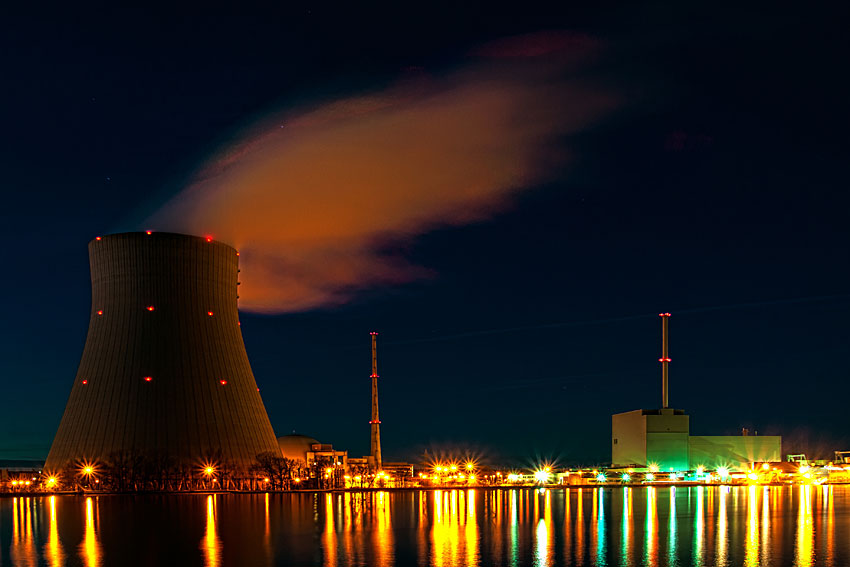
While previous nuclear disasters created numerous regulations and safety concerns, the growth of nuclear power stations has climbed and there are currently 438 power stations in 31 countries. These 438 stations provide roughly 10% of the world’s power and approximately 1/4 of the stations are located in 30 U.S. States.
To protect public health and safety, the Nuclear Regulatory Commission was created in 1975 and most of the regulations followed by power stations within the United States come from the NRC. Despite their responsibilities, the NRC is behind the times when it comes to updated regulations, many of which remain unchanged since the 1980’s.
This brings us back to the recent report from the American Leadership & Policy Foundation, outlining their concerns of the vulnerabilities nuclear power stations across the U.S. could face from both electromagnetic pulse and space weather.
Electromagnetic Pulses
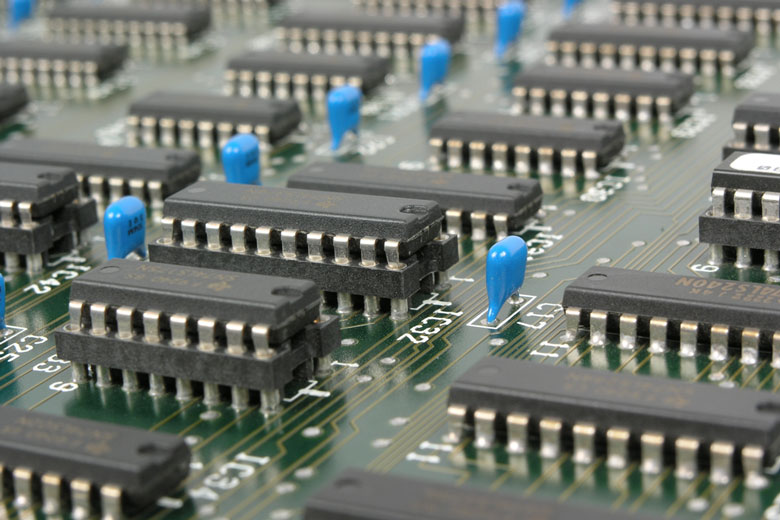
While it may sound like it comes straight out of a Tom Clancy novel, Electromagnetic Pulses (EMPs) are a very real threat we face today. These pulses can be generated through a nuclear explosion and are comprised of three phases. The first phase, HEMP, is an electromagnetic signal generated by a nuclear burst detonated high above the Earth – generally above the atmosphere. These are fast, narrow pulses that are considered one of the more devastating EMP effects on sensitive electronics, due to their speed and disruptive characteristics.
Phase 2 of an EMP is known as an Intermediate Time Hemp and these signals are similar to lightning in the way they interact with electronic devices. Common surge protectors can sometimes enable an electronic device to withstand these signals, as they’re not as devastating as Phase 1 signals. The final phase of an EMP is known as a Late Time Hemp or magnetohydrodynamic (MHD). These signals can actually be found in nature through events known as Geomagnetic Disturbances (GMD).
While EMPs don’t pose a direct threat to the human body, they will severely damage electronic components, including circuit boards and power transformers found throughout electrical grids. Think back to the last time your power was out and how crippling it can be. Imagine a permanent outage across a large area and you can understand why an EMP pulse could be extremely devastating.
Space Weather
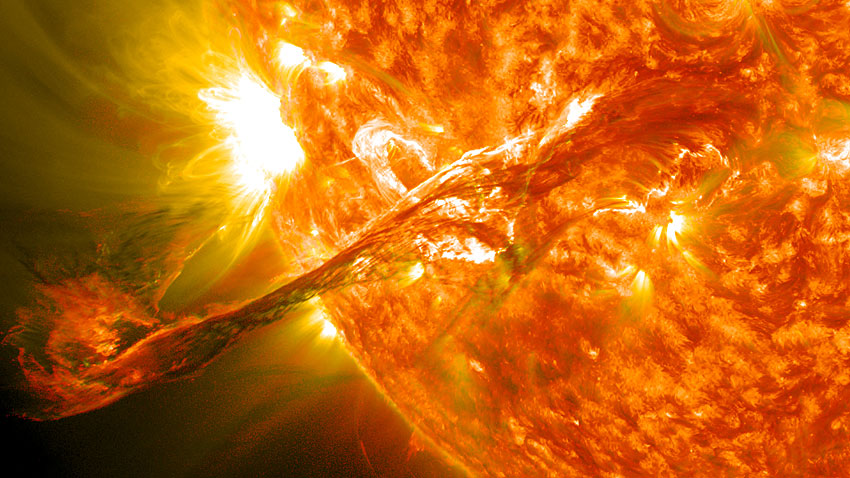
In addition to the manmade EMPs that would be produced from an exploding nuclear device, studies have shown that solar flares and other space weather events can create similar pulses that could mimic the effects of a manmade EMP. These pulses can develop from Geomagnetic Storms, where energy pulses race down geomagnetic lines of the Earth.
While these pulses are similar to the weaker third phase of an EMP, they can encompass much more area due to the size of the solar storm. In addition, these pulses can last much longer than a manmade EMP, allowing the pulses more time to damage electronics, including power grids.
What This Means for Nuclear Power
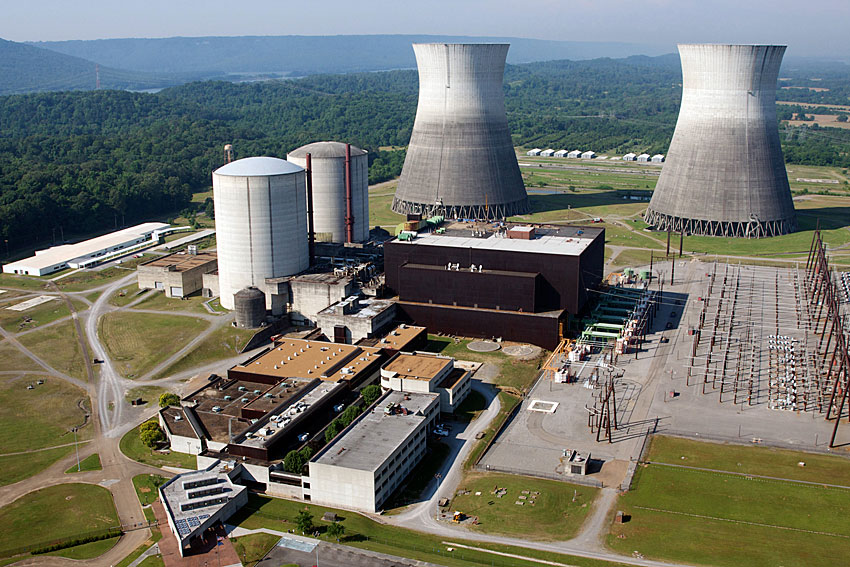
Scientists and those at the American Leadership & Policy Foundation are concerned with not only the implications of EMPs and Space Weather on the power grid, but the impact it could have on nuclear power facilities. Our entire nation’s infrastructure is built on our electric grid and a failure at any level would be devastating to public health and safety.
In addition to the devastation of the electrical grid, additional failures at nuclear power plants could result in meltdowns across the nation. A large amount of emergency systems and monitoring equipment at these stations include delicate electronics that would be devastated by an EMP. While both the White House and Congress claim that threats to U.S. Infrastructure and society are a top priority, EMP and Space Weather has been ignored by the Nuclear Regulatory Commission. The NRC continues to base its policy on this issue on an obsolete 1982 study they conducted.
This recent report seeks to shed light on the vulnerabilities surrounding both power stations and the electrical grids nationwide and we encourage you to read the report in its entirety, sharing as you see fit.
Additional Resources








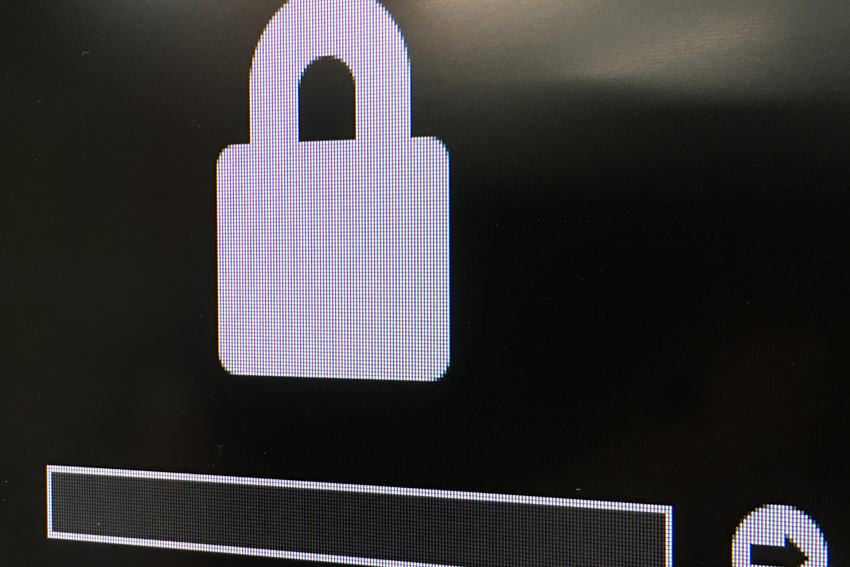
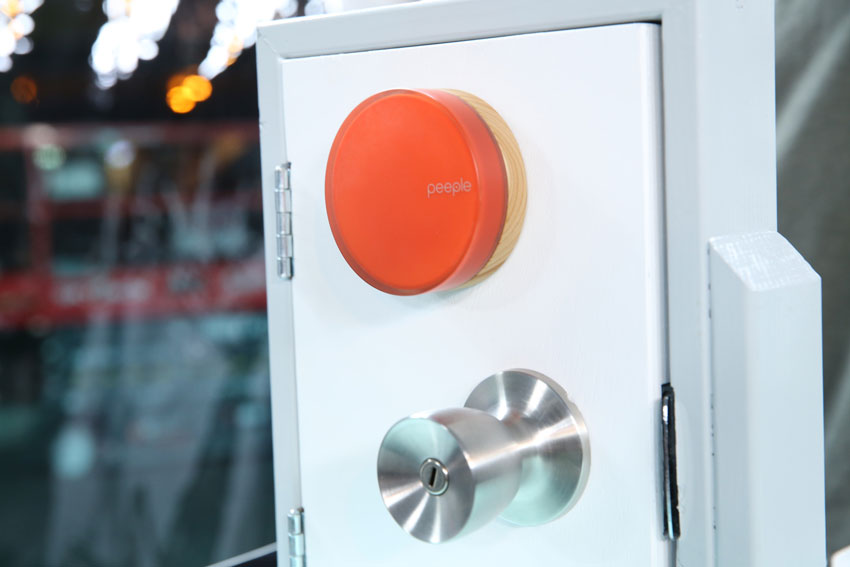

Discussion